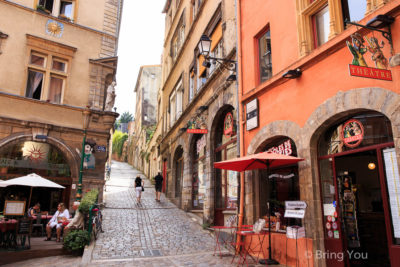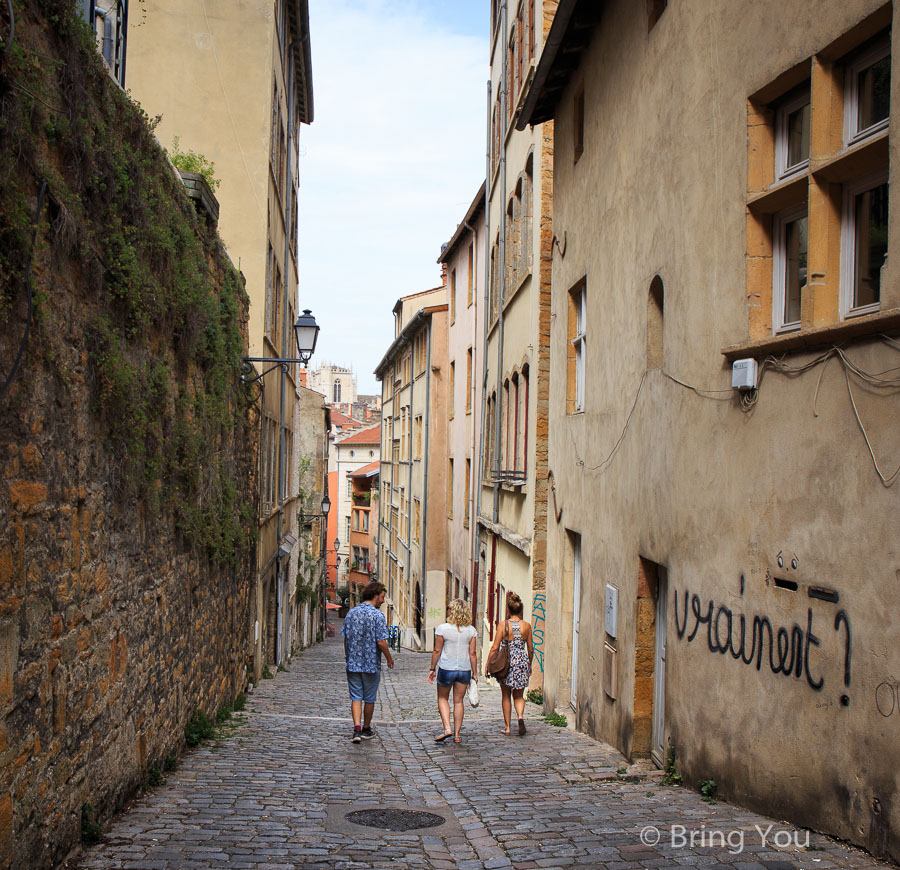
No other places that say ‘gourmet’ louder than Lyon. This whimsical town is located midway on our way from Paris to Provence in the south of France. So instead of going straight up to Provence from Paris, I stopped by Lyon for 2 days and 1 night to rest up and explore this quaint historical part of Central France.
Apart from being a UNESCO World Heritage Site, Lyon’s claim to fame is the food. Lyon is home to an impressive collection of ‘bouchons’, a type of tiny restaurant in French where authentic typical cuisines are served. From the buttery and filling La Quenelle to the savory tart based on chicken livers called Gâteau de foies de volaille, from the summer-filled La cervelle de Canuts to La tarte à la praline almond cake, Lyon has everything to be your next favorite destination in France.
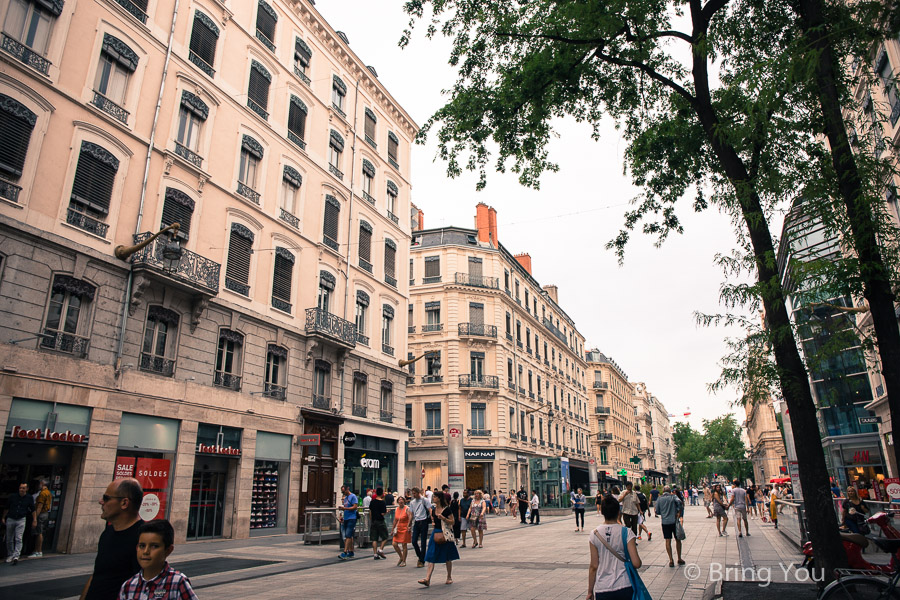
Lyon is not a place to be busy running around to keep up with the main happenings. It’s a place to chill out, soak up the serene vibe, and dig into the history as much as you can – all can be done just by walking and taking public transport.
This article will show you how to enjoy the finest je ne se quoi in Lyon with an easy, slow-paced one-day itinerary.
How to Get to Lyon by Air and TGV?
By Air
You can fly directly to the Aéroport Lyon-Saint Exupéry from other countries in Europe. After landing, take the Rhônexpress tramway from the airport to Lyon Part-Dieu Gare Station within half an hour.
By High-Speed Rail
Lyon is connected to other major cities via a well-built network of the high-speed train (TGV). For instance, you can take the TGV (Line B) from Gare de Lyon in Paris to Lyon Part Dieu within 2 hours. There are about 30 trains a day, with the first one starting as early as 6 am and the last one going at 8:48 pm.
What Is the Best Way to Get Around Lyon?
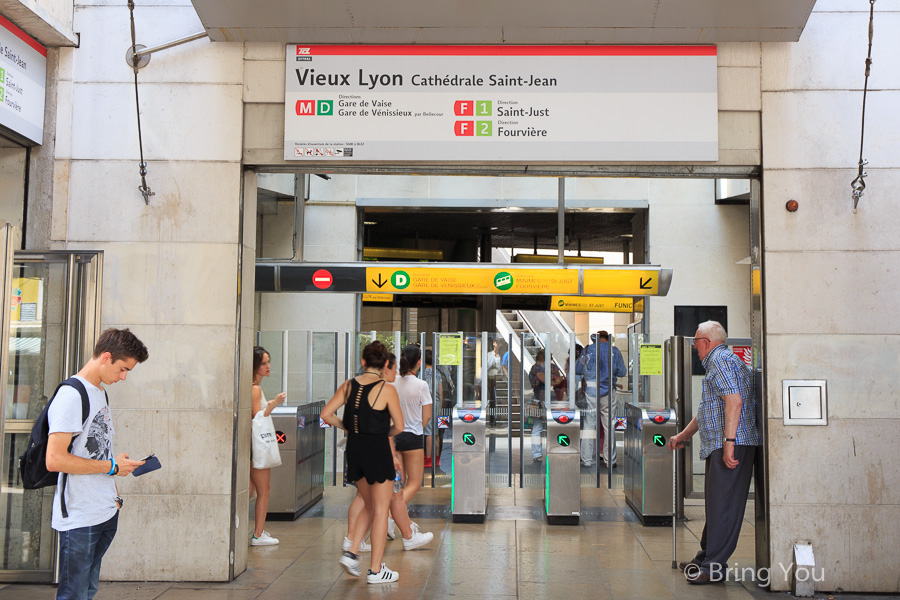
The major attractions in Lyon are served by a network of metro, tram systems, and buses. As I only stayed in Lyon for a day, I mainly used the metro and walked. If possible, consider purchasing a Lyon City Card or a long-duration TCL card if you plan to stay longer.
I got a 24-hour valid one at a subway station machine. With that ticket card in hand, all you need to do is give it a swipe at the entrance gate to get in and out of the station. In some cases, the card may not work. But be patient and keep waiting for the card portal to flash and it should work eventually. Other people run into the same situation as well, you’re not alone 🙂
What to Know about Lyon’s Layout?
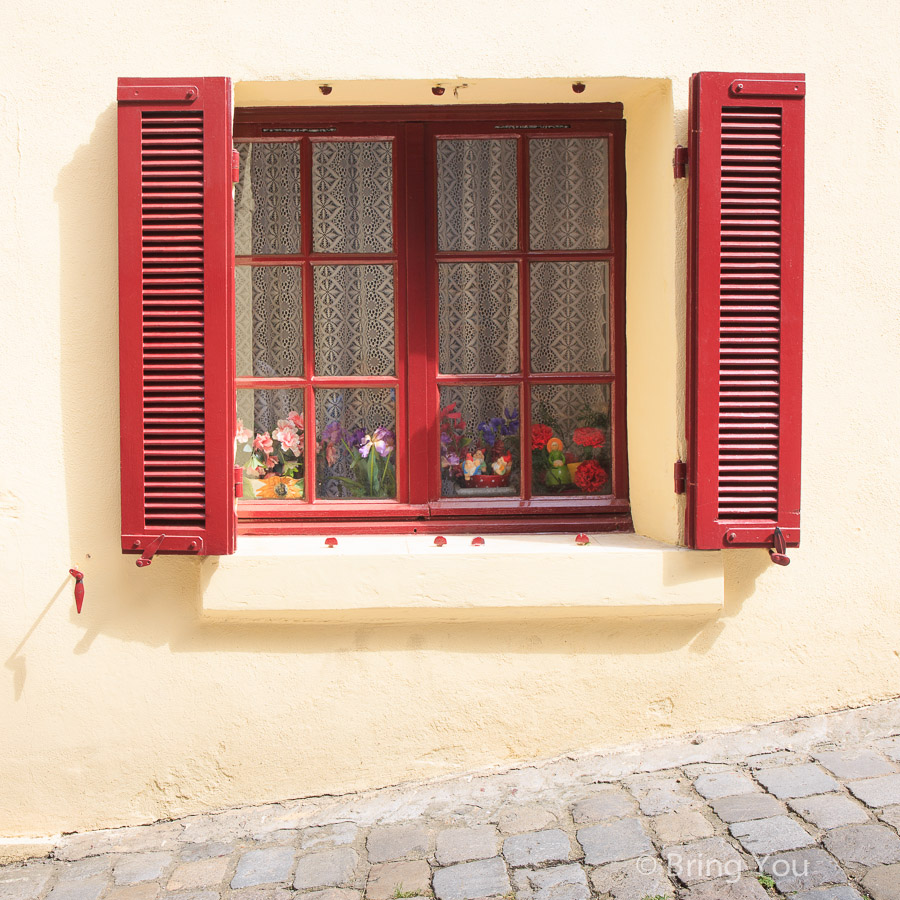
Lyon is broken down into three parts:
- The main transport hub is located around Lyon Part Dieu in the east, connecting most of the attractions.
- The commercial center of Presqu’Île de Lyon is home to a maze of historic streets, independent stores, the city square, and gourmet restaurants.
- Vieux Lyon (Lyon Old Town) in the west is the most beautiful and significant part of the city. This is where you’ll find the likes of Lyon Cathedral or Musée Miniature et Cinéma.
A One-Day Walking Itinerary in Lyon
Vieux Lyon
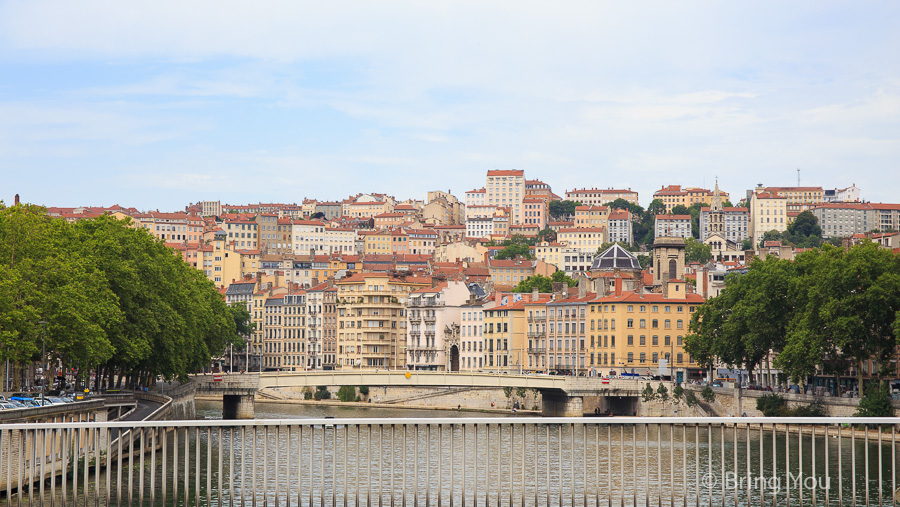
Right after exiting the train station, I headed to the old town to explore the historical attractions dispersed along the cobblestoned streets.
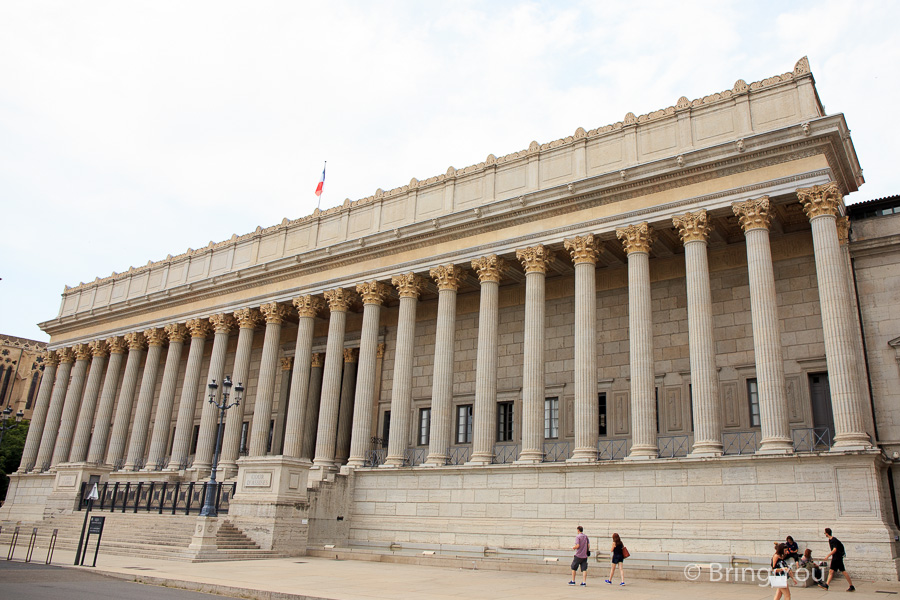
Other than the old churches, Court of Appeal of Lyon, and cinemas, Vieux Lyon is also famous for its collection of bouchons. These are the tiny traditional eating holes frequented by the locals. That being said, Vieux Lyon is the best place for a proper lunch to finish the daylight hours off.
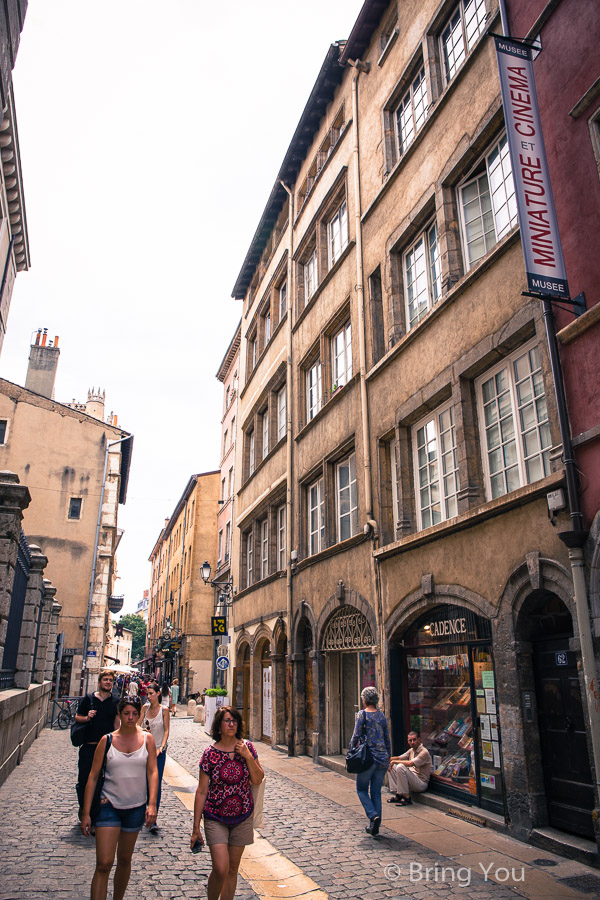
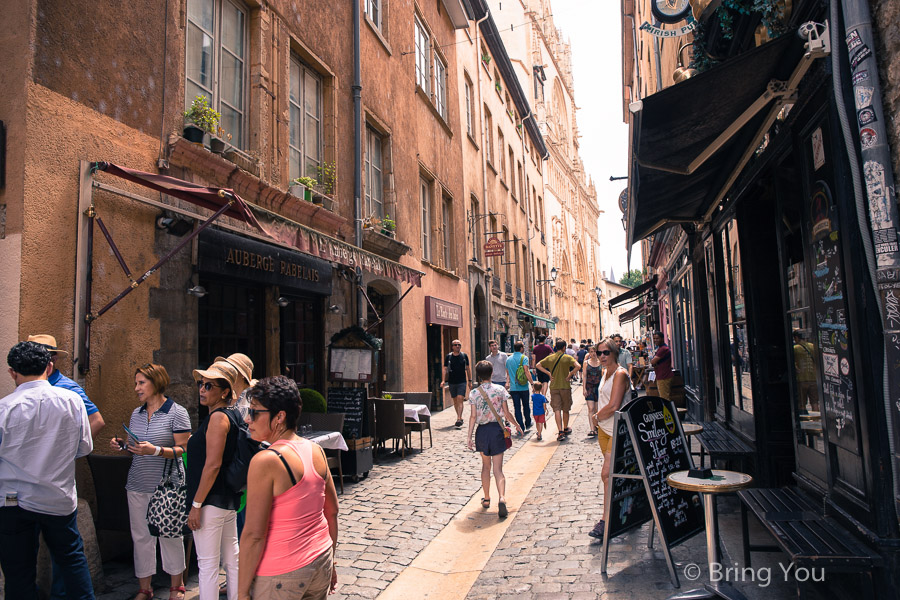
There’s no better place to grab a quick bite out of homemade bread than in an old city in France. So here in Lyon, you can easily see the crowds queueing up in front of a local bakery. In the picture below, I passed by Boulangerie Du Palais at a corner on the street of Rue Saint-Jean. This is where you can find some authentic praline-apple bread, a local specialty.
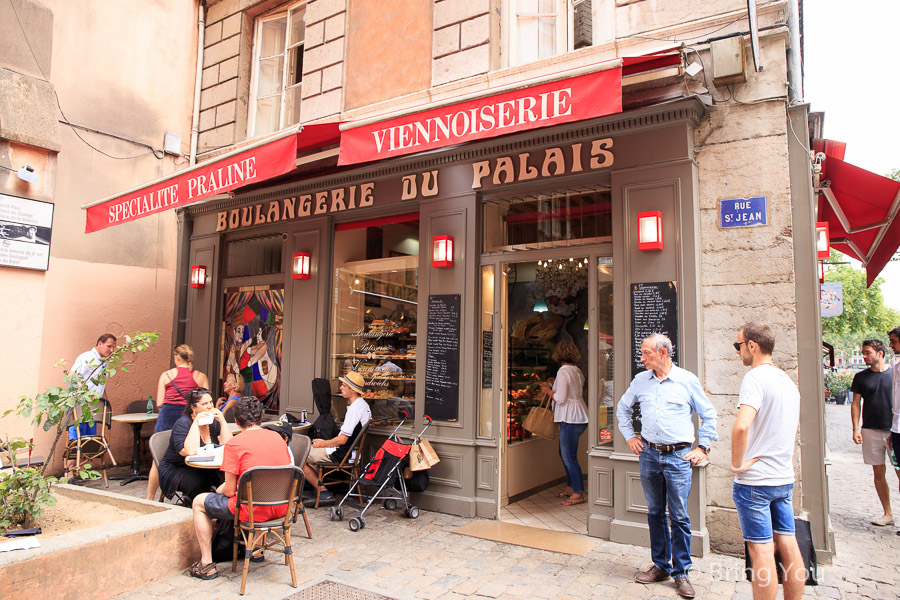
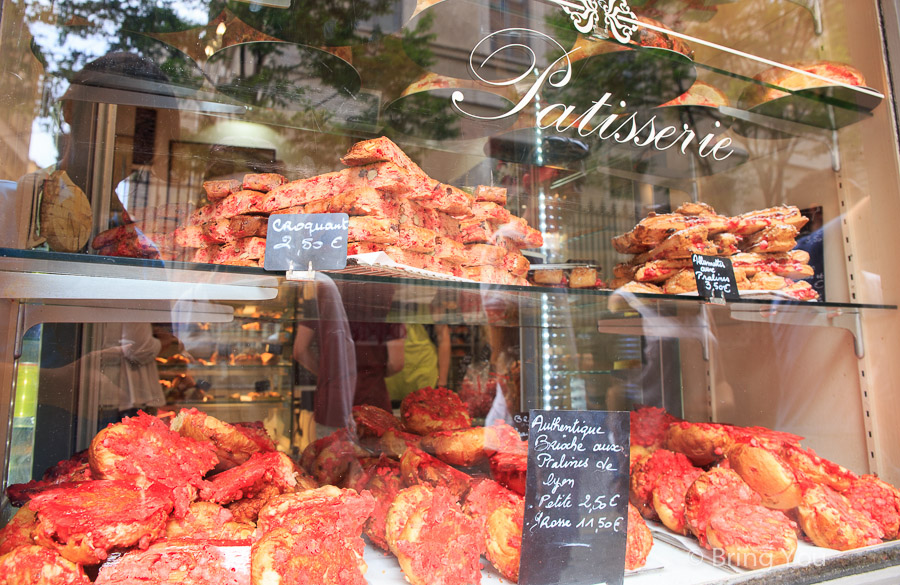
Not further afield, La Maison des Avocats pops out as a perfect example of Renaissance architecture. Now, it serves as the Musée de la Miniature et du Cinéma in Lyon.
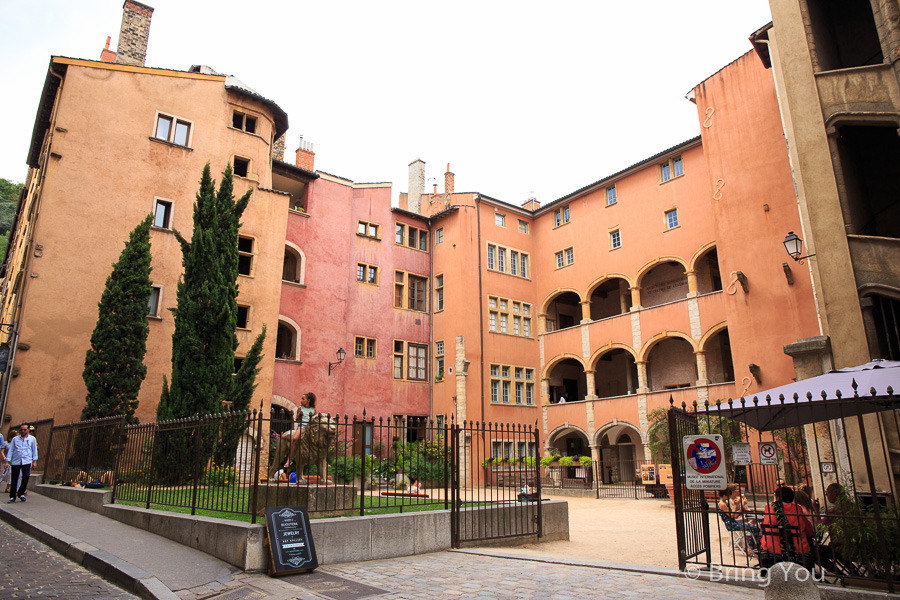
Cathédrale Saint-Jean-Baptiste
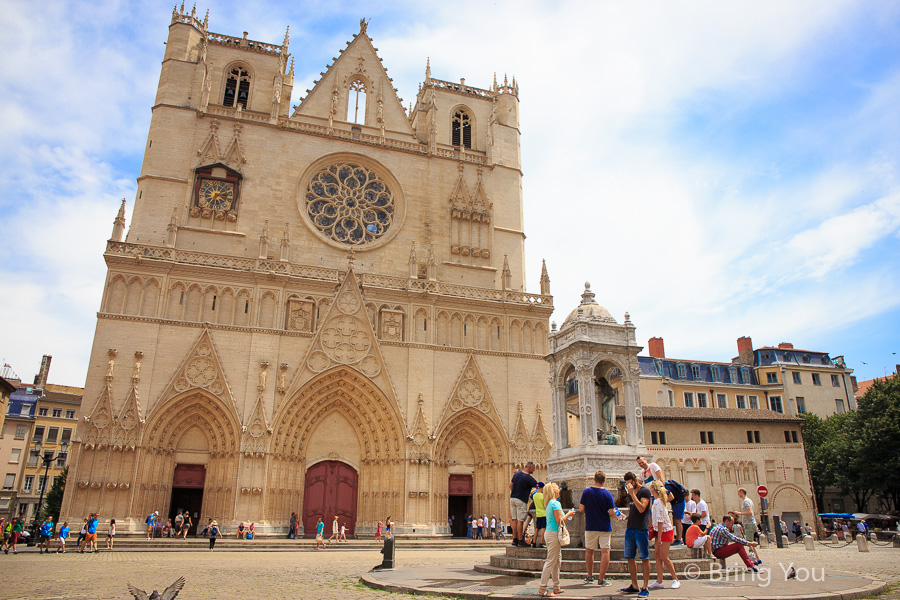
The ancient cathedral dates back to the 12th century, now it serves as one of the most sought-after historical buildings in town. The cathedral sits on a top spot of Lyon, opening out to a breathtaking city view. Sunrise or sunset, the locals flock here on a hike with their dogs on leash.
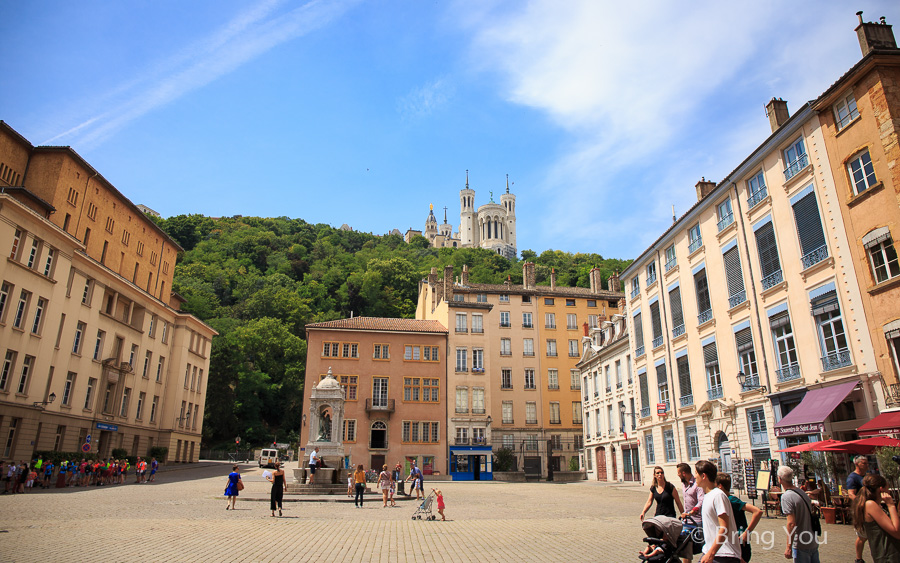
Fourvière Hill
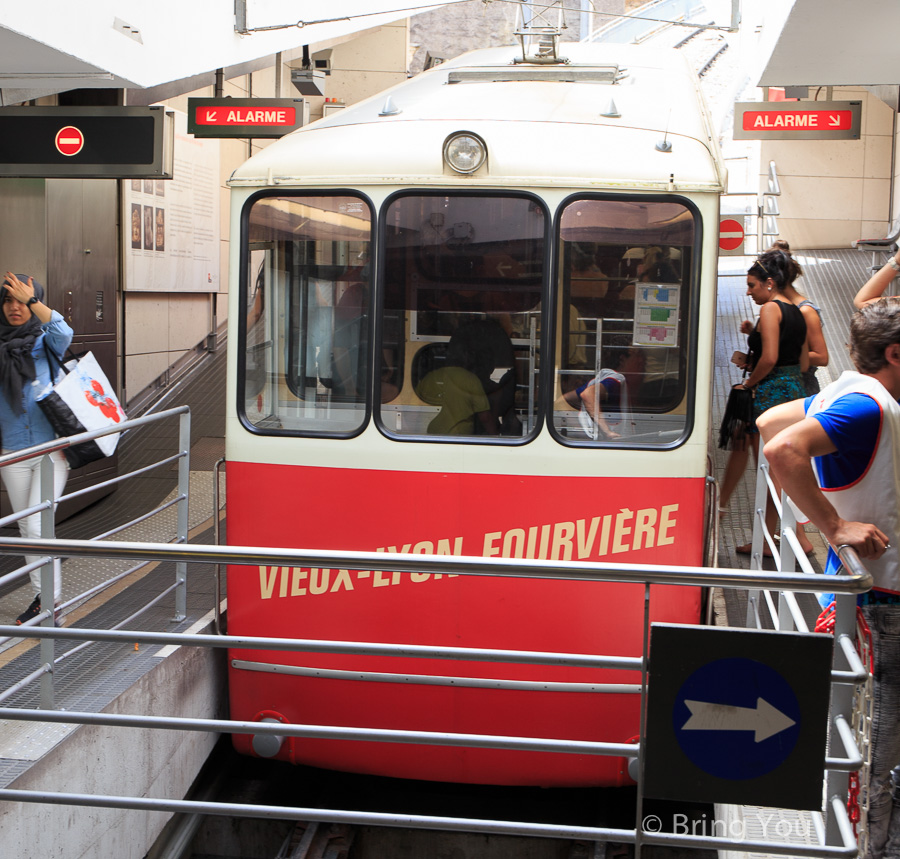
Fourvière Hill is known as the praying hill topped with the Basilica of Notre-Dame de Fourvière. If you are walking from Rue Saint-Jean towards Fourvière, taking the funicular is a great experience. The funicular is located in Rue Tramassac. To use the funicular, keep the 24-hour ticket that I mentioned above with you to swipe at the station and ride it all the way up to the top of the hill.
Basilica of Notre-Dame de Fourvière
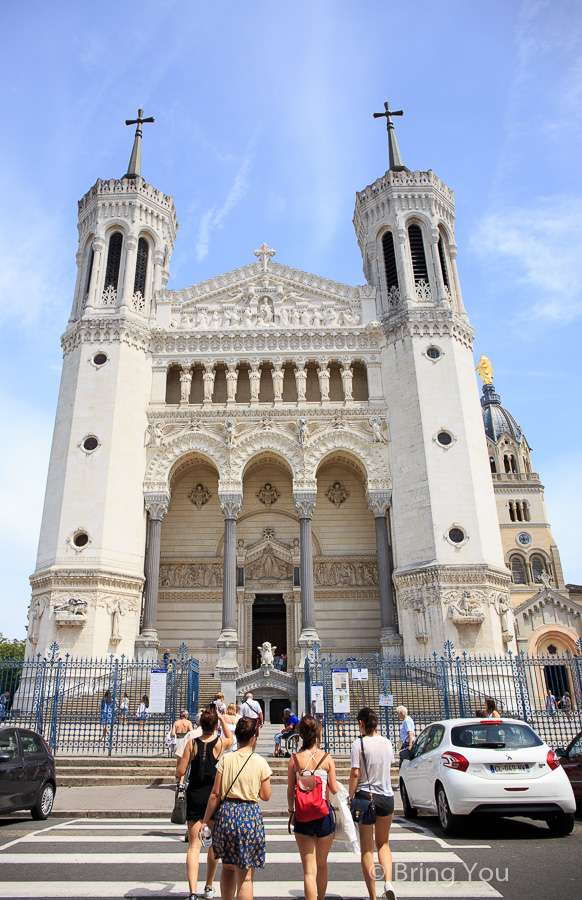
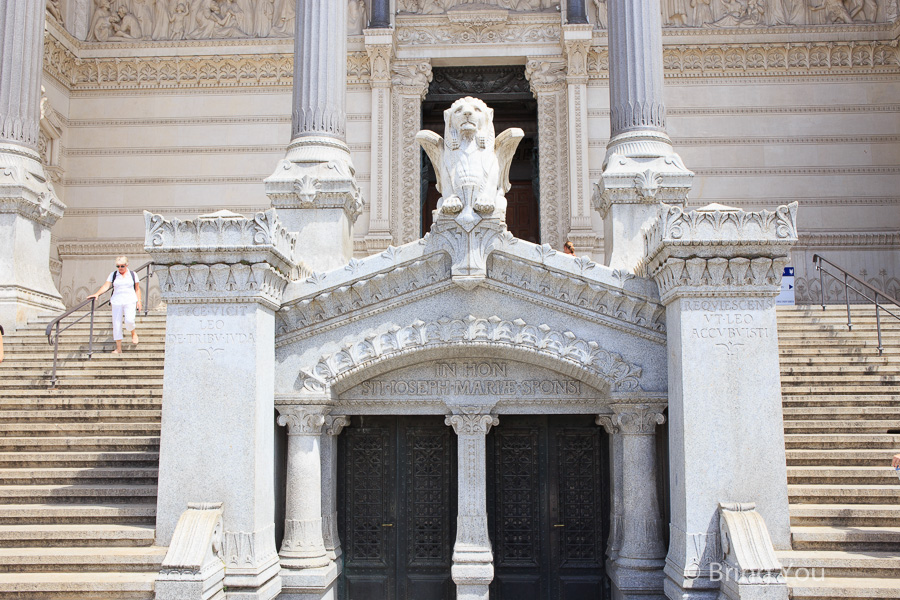
Once you’re at the stop, the Basilica of Notre-Dame de Fourvière is right outside the station. This is truly a sight to behold, steeped in dramatic Romanesque and Byzantine architecture. The entrance door is connected to the ground via 2 sets of marvelous stairs, with stone sculptures of a white lion sitting in the middle. This is the symbol of the city itself. On the inside, mosaics, stained glass, and paintings marshall to bring about a grandeur beauty of the cathedral.
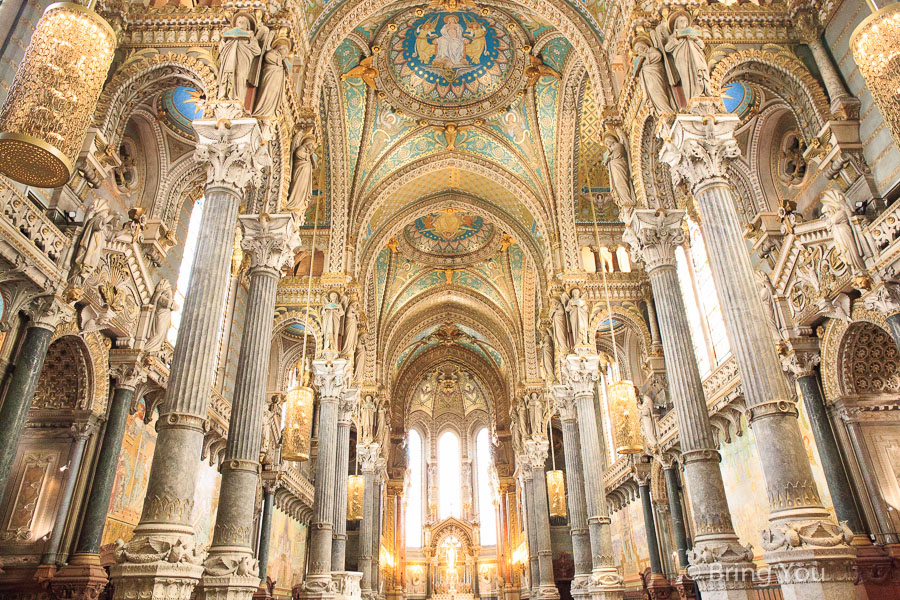
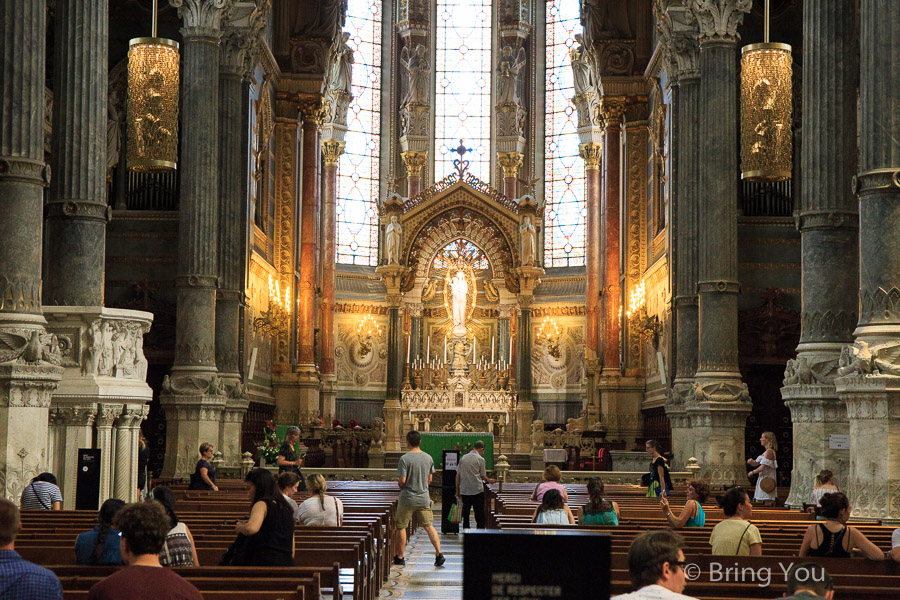
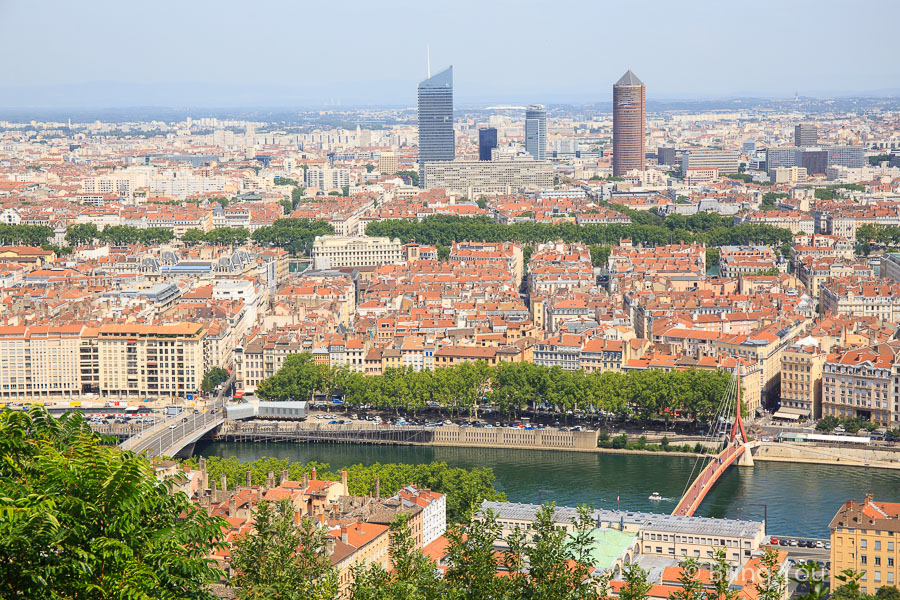
Ancient Theater of Fourvière
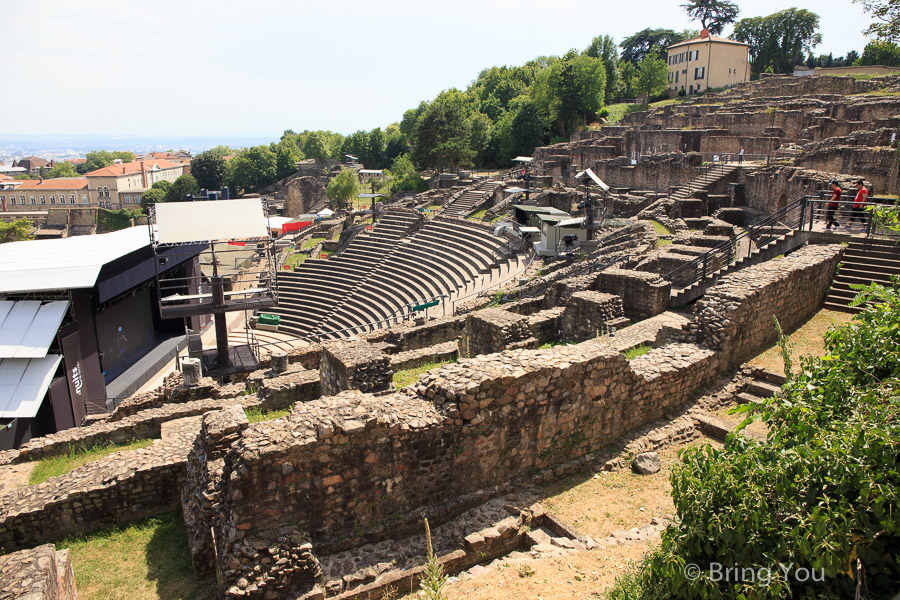
4 minutes walking downhill from the cathedral, the Ancient Theater of Fourvière looms out of the crowd. At this very location, a fantastically-preserved Roman amphitheater sits high on the left bank of the Saône River. Even though the ancient Roman amphitheater was built thousands of years ago, it still stands the test of time and beautifully beholds as a fantastic performance venue. One of the most significant events happening here is the Nuits de Fourvière drama festival every June and July.
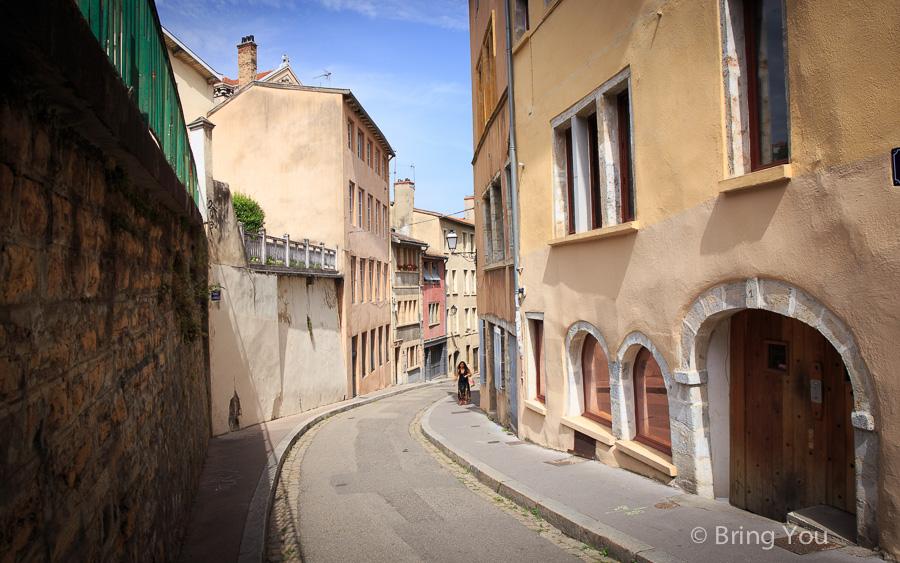
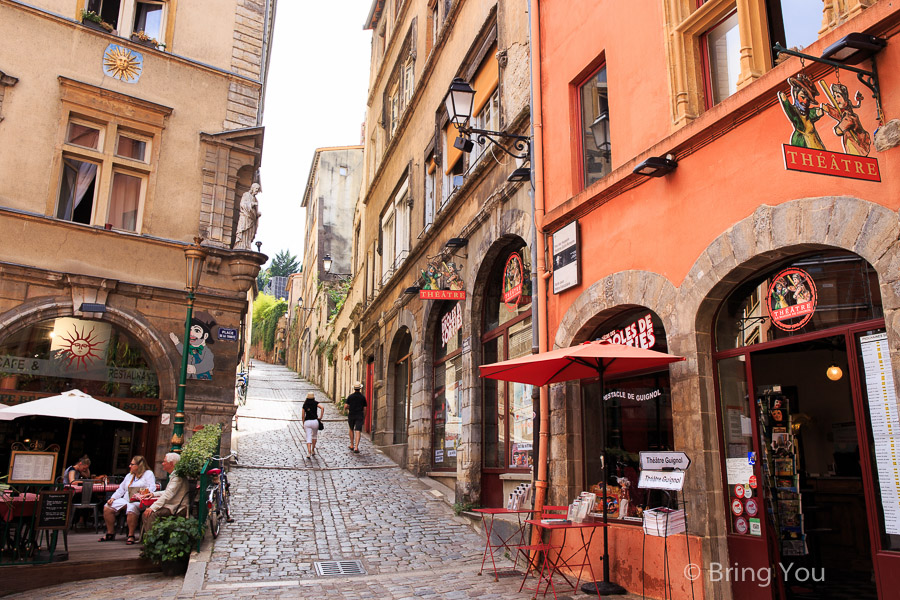
Shisha Des Gones
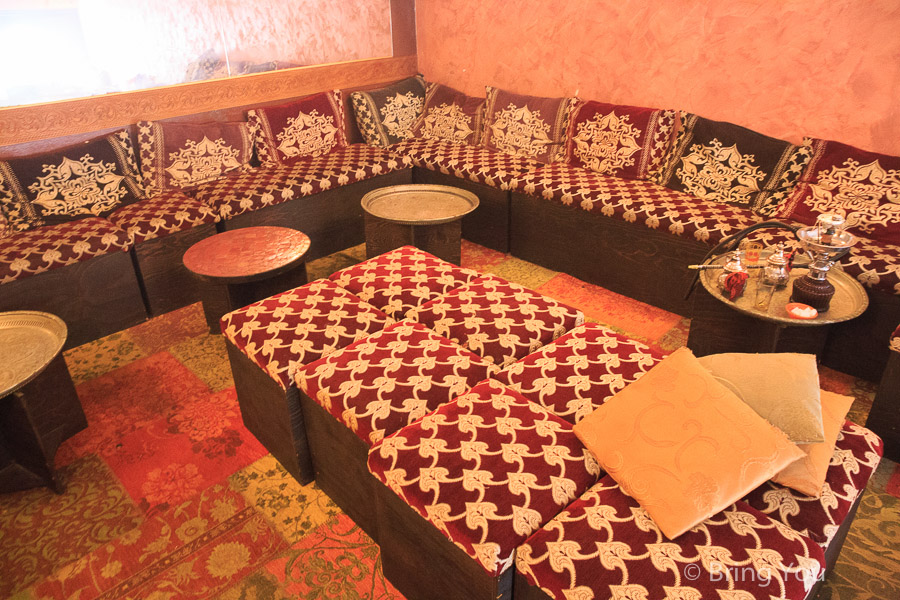
After keeping up with all the main happenings in Lyon, nothing sounds more tempting than a place to rest up legs and soul than a hookah bar. I know it’s not a thing for everyone. I have to be honest here, shisha is not my thing. And at this exact location, Shisha Des Gones serves as an amusing, dimly-lit, and cozy hideout where you can call the day’s events with your folks.
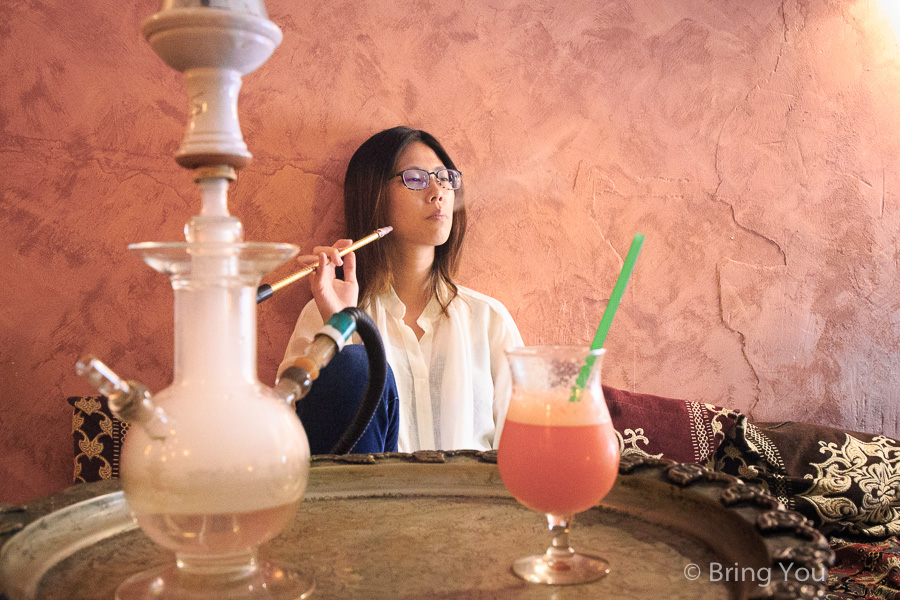
It’s more like a shisha and tea lounge, very accommodating and inviting. The price of the Shisha varies depending on which charcoal you wanna use. Plus, the tea selection is excellent too.
Place Bellecour and Paul Bocuse’s Brasserie Le Nord
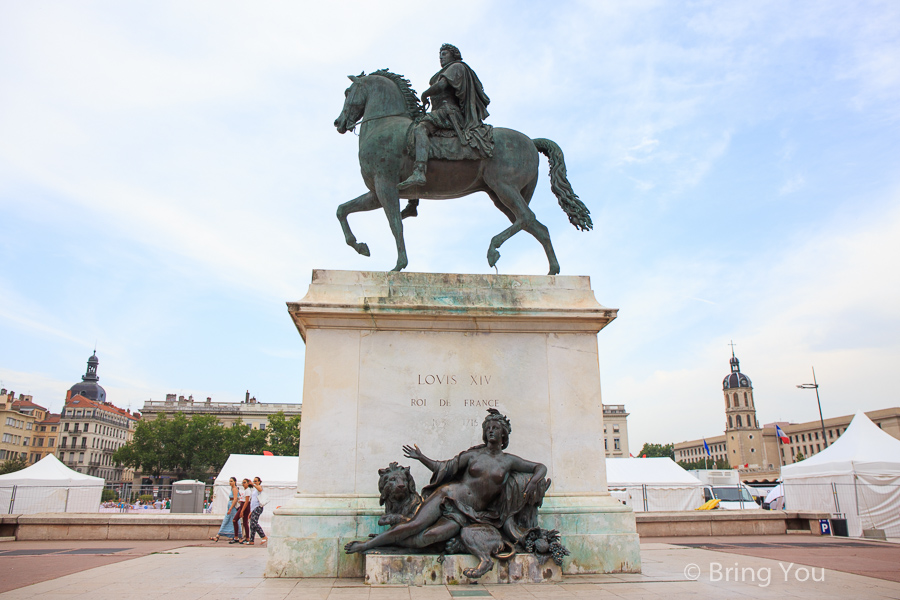
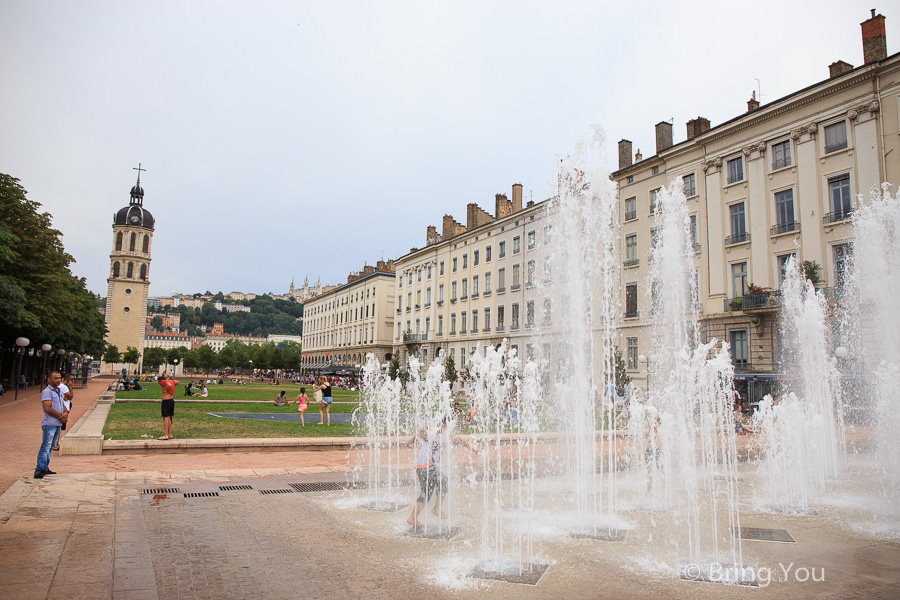
At the end of the day, I walked back to Place Bellecour for a meal. This central square in Lyon is a beacon for visitors of all types. Families and kids love this place. It’s not only a photo-op but also a dining hub, hosting everything from Pizza Pino to IODE restaurant and Tony’s Bar.
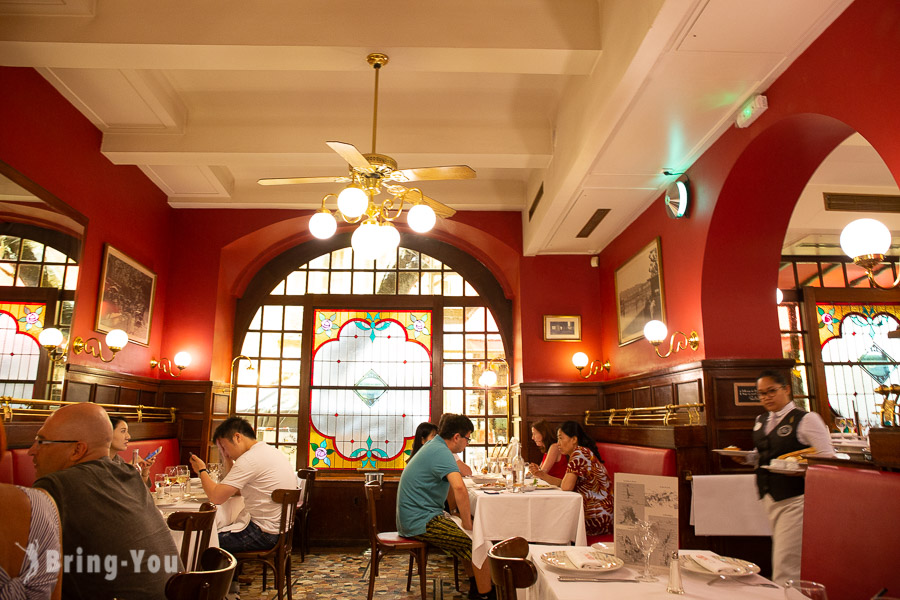
On top of that, Paul Bocuse’s restaurant deserves a standing ovation. This Michelin-starred dining lounge appears as a gastronomic pilgrimage where the reputation and heritage of Monsieur Paul Bocuse live on. Known as the Pope of Gastronomy, the prestigious chef is a man of great vision who remained humble until his last days. He introduced the world-renown cooking contest and his main thrill in life is all about a lighter style of Nouvelle cooking.
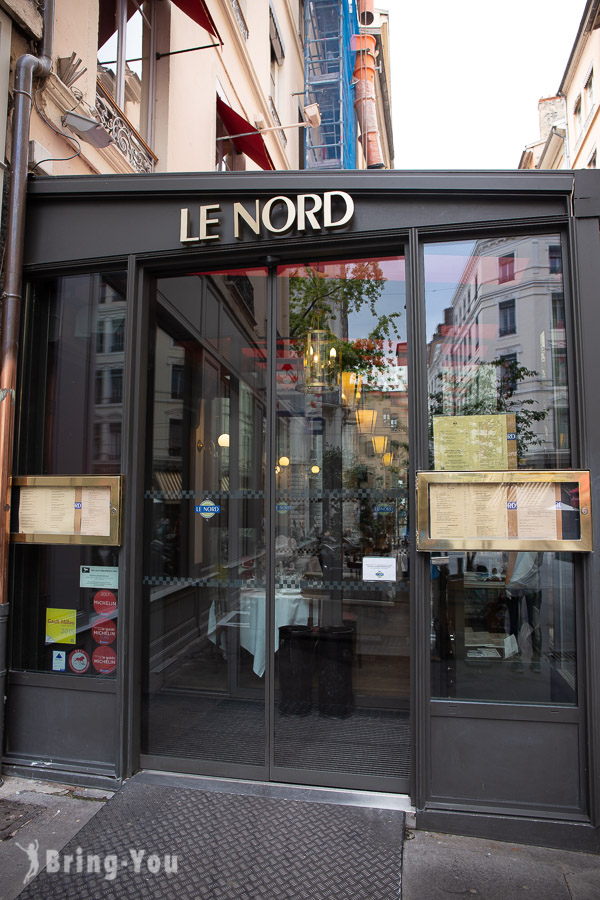
Today, Paul Bocuse owns 9 different establishments. The one I visited is Brasserie Le Nord. It is the first one to be opened by the chef in 1994, located between the two majestic rivers Rhône and Saône.
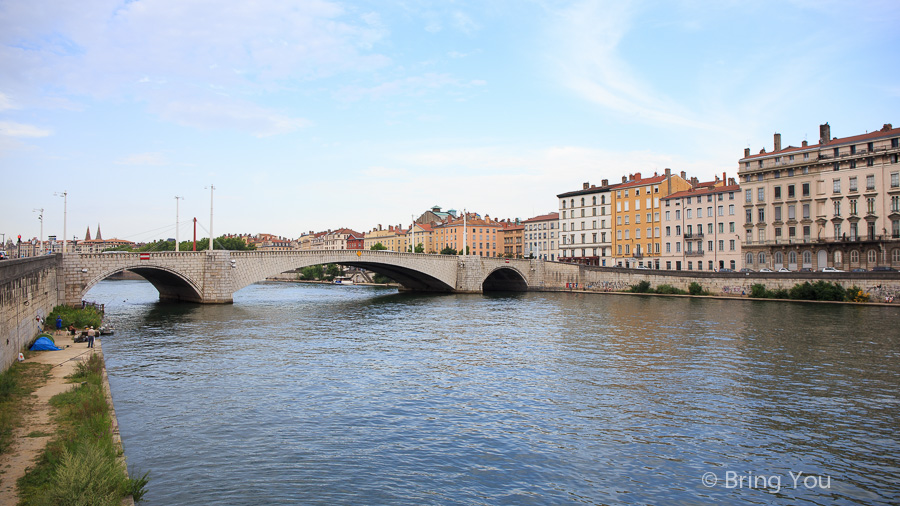
2 Best Places to Stay in Lyon
ibis budget Lyon Centre is an excellent 2-star hotel located in the city center near Garibaldi Metro Station. On the fancier side, the 5-star Sofitel Lyon Bellecour stands out with its elegant contemporary design, along with valet parking and a Turkish steam bath.
Conclusion
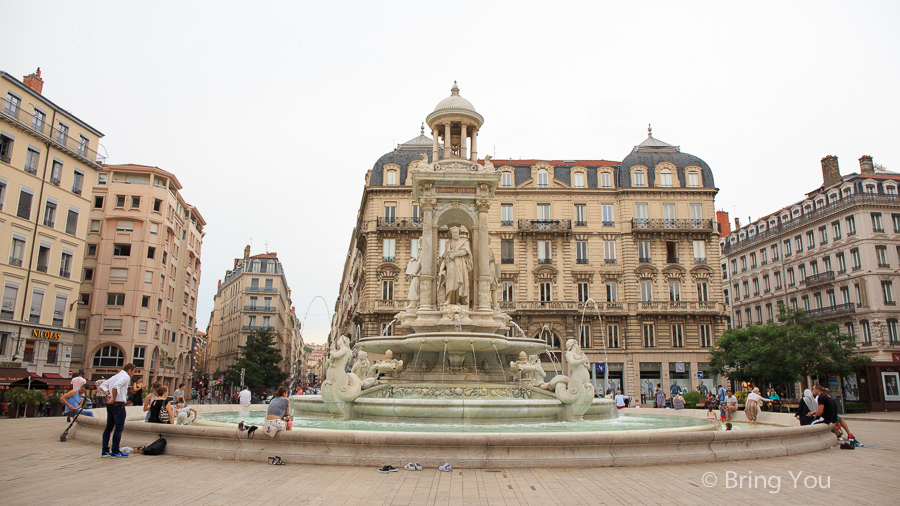
If you’re looking for more places to hang out in Lyon, Place des Jacobins will have you in awe. The historical square was brought to life in 1556, while the large fountain appeared 300 years later. The best time to visit Lyon is in September and October when the summer crowd thins out, leaving behind crisp, cool autumn weather and colorful foliage.
